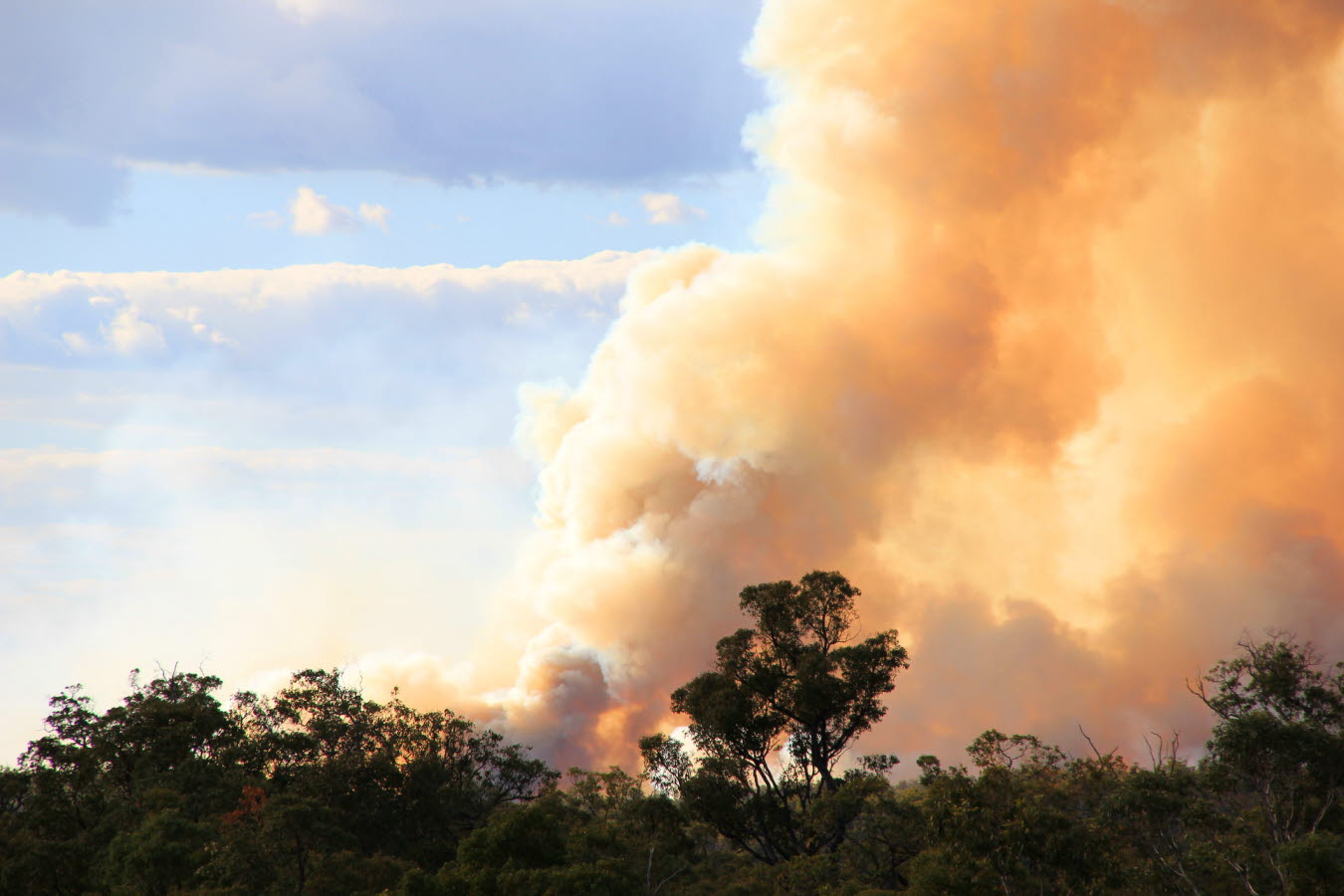
Veterinarian Dr Jamie Peyton from the University of California Davis has recently used fish skin to aid in the healing of four dogs and four cats who suffered burns in California’s wildfires last year.
The fish skin is derived from tilapia fish, which is the common name for nearly a hundred different species of cichlid fish. Dr Peyton says the sterilised tilapia skin acts as a dermal substitute that provides pain relief and protection that helps the wounds heal better.
The skin can transfer collagen to the burned skin and allows for a reduced frequency of bandage changes. This technique has been used successfully in human medicine and Dr Peyton and her team have also had success using the technique on two bears and a mountain lion with badly burnt paws.
The fish skin can be sutured to the area or used as padding within a bandage. A noticeable change in behaviour and comfortability was observed in patients receiving the skin with the owners of one dog receiving the treatment noticing a dramatic change in their dog’s behaviour shortly after the application.
For this dog, new skin had started to grow on the burnt area within five days which would typically take weeks to grow over such a severe burn. As this is a natural product there is the added bonus that if the animal decides to eat its fancy new skin layering, there’s no risk of a foreign body or toxic effects.
The mountain lion demonstrated this by eating off their fish skin bandage a few days after application. Tilapia are also the third most important fish in aquaculture as they have rapid growth rates, are easy to farm and are commonly eaten around the world. This potentially provides scope for the skin to become a readily available resource if the demand
arises.
The skin is not designed to be a sole treatment for burns in animals but is a new development that could drastically change the way we manage and treat burns in animals but is a new development that could drastically change the way we manage and treat burns.
This article appeared in the March 2019 issue of the Australian Veterinary Journal
